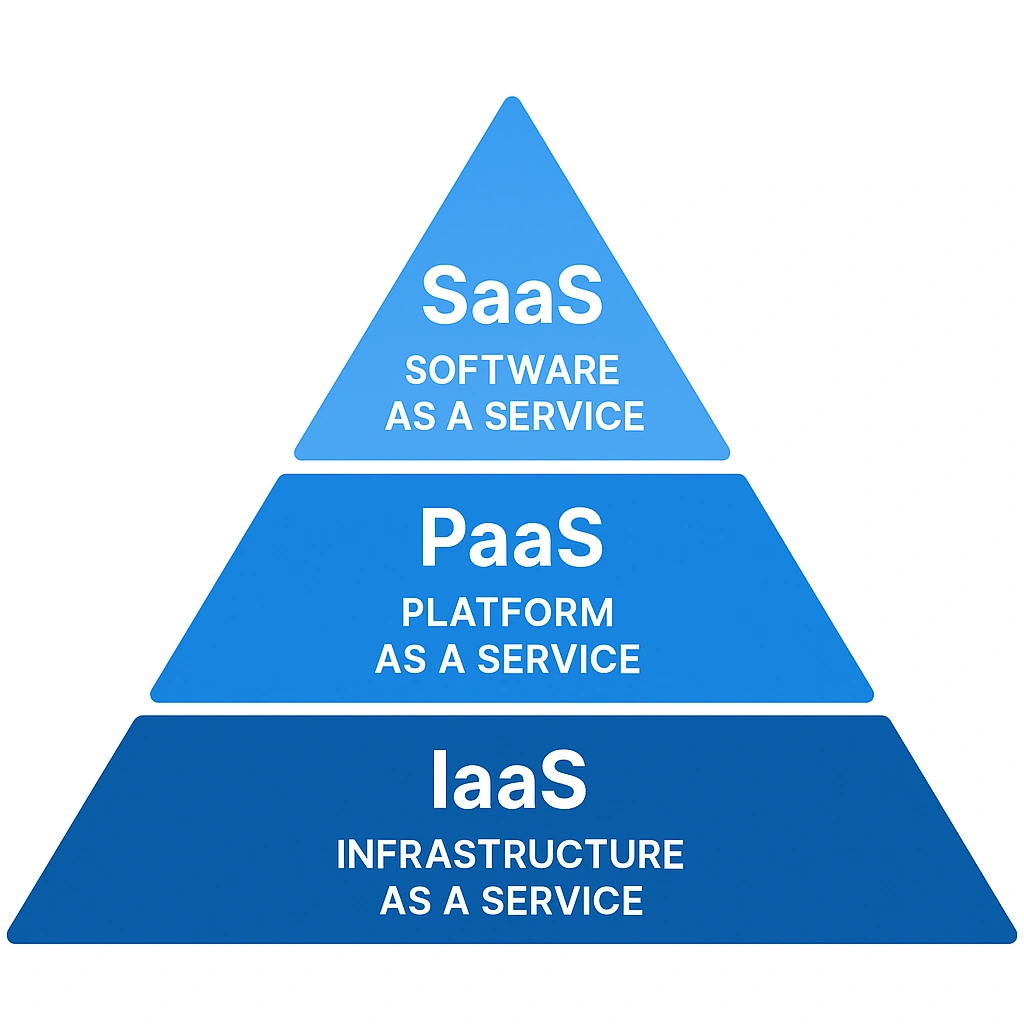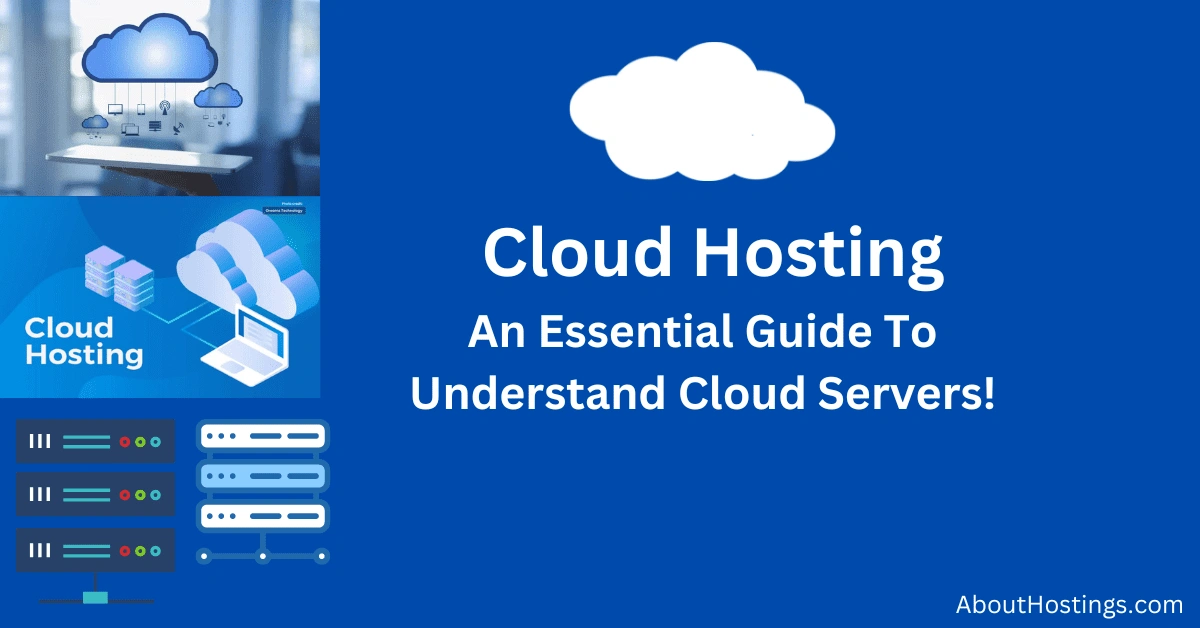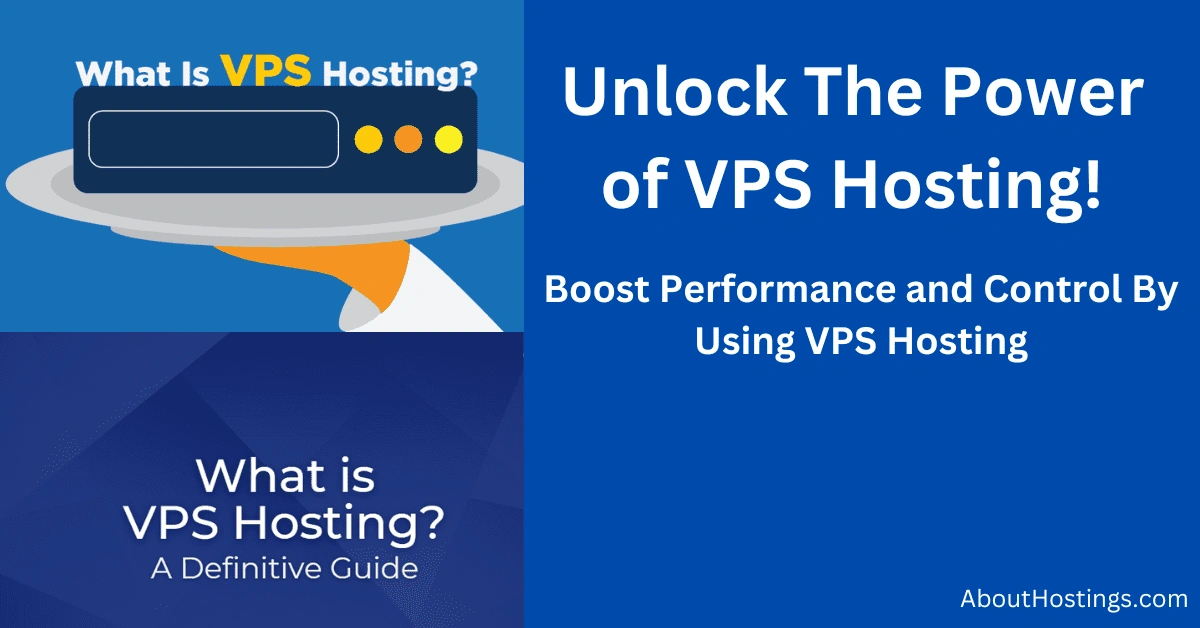IaaS vs PaaS vs SaaS: Understanding Cloud Service Models
In the dynamic world of cloud computing, three key service models have emerged as cornerstones: Infrastructure as a Service (IaaS), Platform as a Service (PaaS), and Software as a Service (SaaS). Understanding “IaaS vs PaaS vs SaaS” is crucial for businesses and IT professionals to make informed decisions about cloud services. This blog explores these models, their differences, and their roles in the cloud computing ecosystem.

IaaS (Infrastructure-as-a-Service)
Offers infrastructure services like storage and virtualization through the cloud on a pay-as-you-go basis. Users manage operating systems, data, and applications, while the provider handles the network, servers, and storage. It’s flexible and affordable, ideal for development and testing environments.
PaaS (Platform-as-a-Service)
Provides both hardware and software on a provider’s infrastructure, enabling users to develop, run, and manage applications without the complexities of maintaining the infrastructure. It’s particularly useful for developers, reducing the need to write extensive code.
SaaS (Software-as-a-Service)
Delivers complete applications managed by the provider via a web browser. It eliminates the need for software installation and maintenance on individual machines — ideal for small businesses and applications requiring less customization.
Each of these services reduces the amount of on-premise infrastructure management, shifting responsibilities to cloud providers and offering different levels of control and flexibility.
Understanding IaaS: Infrastructure as a Service
Infrastructure as a Service (IaaS) is a fundamental cloud computing model that delivers virtualized computing resources over the internet. It serves as the foundation for other cloud services by offering basic infrastructure components like virtual servers, networking, and storage. With IaaS, businesses can scale up or down quickly, without the cost and complexity of owning and managing physical servers.
Definition and Features
IaaS allows users to rent IT infrastructure—such as virtual machines, storage, and networks—from a cloud provider on a pay-as-you-go basis. It provides high flexibility, making it ideal for startups, developers, and enterprises alike.
Key Characteristics
- Scalability: Instantly scale resources up or down as needed.
- Flexibility: Full control over operating systems, apps, and configurations.
- Cost-Effective: Pay only for what you use without large upfront investments.
- On-Demand Access: Quick deployment of infrastructure in minutes.
- Secure & Reliable: Backed by major cloud providers with compliance and redundancy.
Popular Examples of IaaS
- Amazon Web Services (AWS) – EC2
- Microsoft Azure – Virtual Machines
- Google Cloud Platform – Compute Engine
- DigitalOcean – Droplets
- IBM Cloud – Virtual Servers
Delving into PaaS: Platform as a Service
Platform as a Service (PaaS) is a cloud computing model that delivers a ready-to-use development and deployment environment over the internet. It allows developers to focus purely on building applications without the headache of managing servers, storage, operating systems, or middleware. This makes PaaS an excellent solution for teams looking to streamline workflows and accelerate application delivery. You can explore more in our PaaS Hosting Guide.
Definition and Features
PaaS provides a platform that includes development tools, infrastructure, and pre-configured environments. Developers can code, test, and deploy their applications all within a unified environment managed by the cloud provider. It eliminates the need to purchase and maintain physical hardware and software layers.
Key Characteristics
- Development Tools: Includes built-in tools such as code editors, compilers, version control, and CI/CD pipelines.
- Middleware Services: Offers support for databases, authentication, caching, message queuing, and more.
- Managed Services: The provider handles server software, operating systems, updates, and security patches.
- Rapid Deployment: Accelerates app delivery by providing ready-to-use environments.
- Integrated Monitoring: Many platforms include built-in performance monitoring and logging tools.
Popular Examples of PaaS
- Microsoft Azure App Services – Build and host web apps with integrated tools.
- Google App Engine – Fully managed PaaS with auto-scaling for applications.
- Heroku – Developer-friendly platform known for simplicity and fast deployment.
- Red Hat OpenShift – Kubernetes-powered PaaS for enterprise-grade apps.
- Salesforce Platform – Tailored for CRM-based application development.
Exploring SaaS: Software as a Service
Software as a Service (SaaS) is a cloud-based delivery model where software applications are centrally hosted and delivered to users over the internet. It eliminates the need for installation, maintenance, or complex IT management. With SaaS, users simply access the application through a web browser—anytime, anywhere. This model is ideal for businesses and individuals seeking ease of use, scalability, and cost-effectiveness.
Definition and Features
SaaS applications are typically offered on a subscription basis and are managed entirely by the service provider. This includes infrastructure, middleware, application software, and data. Users don’t have to worry about updates, hardware, or security.
Key Characteristics
- Accessibility: Accessible from any internet-connected device without special setup.
- Regular Updates: Software is automatically maintained and upgraded by the provider.
- User-Friendly: Designed with simplicity in mind—minimal IT involvement needed.
- Subscription-Based: Pay monthly or annually based on usage or features.
- Scalable: Easily accommodates users from startups to enterprises.
Popular Examples of SaaS
- Google Workspace – Includes Gmail, Docs, Drive, Calendar, and more.
- Microsoft Office 365 – Online versions of Word, Excel, PowerPoint, and Teams.
- Salesforce – A CRM platform widely used by businesses for sales and service management.
- Dropbox – Cloud storage with file sharing and collaboration features.
- Zoom – Cloud-based video conferencing solution.
💡 Beginner’s Tip
New to cloud services? Start by understanding the foundation — web hosting itself. Knowing how hosting works will make terms like IaaS, PaaS, and SaaS much easier to grasp. Check out our beginner-friendly guide on What is Web Hosting.
IaaS vs PaaS vs SaaS: The Differences
Understanding the difference between IaaS, PaaS, and SaaS is vital to choosing the right cloud solution for your business. Each model offers a different level of flexibility, control, and simplicity.
| Feature | IaaS | PaaS | SaaS |
|---|---|---|---|
| Control Level | Maximum control over infrastructure | Control over applications only | Minimal control, only usage access |
| Management Required | High (OS, middleware, runtime) | Moderate (runtime only) | Low (everything managed) |
| Scalability | Highly scalable | Moderately scalable | Very scalable |
| Flexibility | Most flexible | Moderate | Least flexible |
| Billing Model | Pay-as-you-go | Subscription or usage-based | Monthly/yearly subscriptions |
Azure IaaS, PaaS, SaaS
Microsoft Azure is one of the leading cloud providers that offers all three service models. Here’s how Azure fits into each:
- Azure IaaS: Azure Virtual Machines, Azure Virtual Network
- Azure PaaS: Azure App Services, Azure SQL Database
- Azure SaaS: Office 365, Dynamics 365
Azure enables businesses to mix and match services based on their IT strategy, balancing control with convenience.
Use Cases: IaaS, PaaS, and SaaS
Each service model is designed for specific business needs and technical capabilities. Below are the most common real-world use cases:
- IaaS: Tech companies, IT departments needing custom environments, scalable storage, or backup solutions.
- PaaS: Startups and developers creating web/mobile apps without managing infrastructure.
- SaaS: Businesses needing ready-to-use tools like CRMs, email platforms, collaboration apps, etc.
Wrapping Up: Which Cloud Model is Right for You?
Whether you’re launching a new website, building custom applications, or just need access to tools like email or CRM, choosing between IaaS, PaaS, and SaaS depends on your goals and technical needs. IaaS offers maximum flexibility, PaaS speeds up development, and SaaS gives you ready-to-use solutions with minimal setup. By understanding these models, you can make smarter cloud hosting decisions that align with your business strategy.

Go Green with Your Hosting
GreenGeeks offers eco-friendly web hosting powered by renewable energy — scalable, fast, and perfect for growing websites.
Explore GreenGeeks HostingFrequently Asked Questions & Answers (FAQs)
Q. What is IaaS in cloud computing?
A. Infrastructure-as-a-Service (IaaS) provides virtualized computing resources over the internet, including storage and networking capabilities.
Q. How does PaaS differ from IaaS?
A. Platform-as-a-Service (PaaS) offers a platform allowing customers to develop, run, and manage applications without the complexity of building and maintaining the infrastructure.
Q. What is SaaS and how is it used?
A. Software-as-a-Service (SaaS) delivers software applications over the internet, on a subscription basis, typically accessible through a web browser.
Q. Which is more cost-effective: IaaS, PaaS, or SaaS?
A. The cost-effectiveness depends on your specific needs. IaaS can be more cost-effective for short-term projects, PaaS for development, and SaaS for software use without infrastructure concerns.
Q. Can I switch from IaaS to PaaS or SaaS?
A. Yes, you can transition between these services depending on your changing requirements and technical capabilities.
Q. What are some common examples of SaaS?
A. Common SaaS examples include email services like Gmail, cloud storage like Dropbox, and office tools like Microsoft Office 365.
Q. Is PaaS suitable for all types of development?
A. PaaS is generally suitable for most development projects but may have limitations for highly customized or specific infrastructure requirements.
Q. How secure are IaaS, PaaS, and SaaS?
A. Security levels vary, but reputable providers typically offer robust security measures. However, it’s essential to understand the shared responsibility model in cloud security.
Q. Can I use IaaS, PaaS, and SaaS simultaneously?
A. Yes, many businesses use a combination of these services to meet different needs within their operations.
Q. How do I choose between IaaS, PaaS, and SaaS?
A. The choice depends on your technical requirements, budget, and the level of control you need over your infrastructure and platforms.








